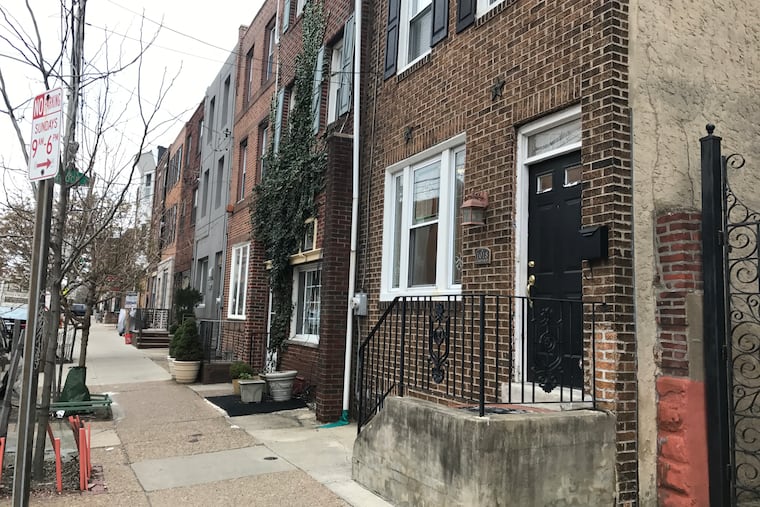How does Philly assess property? Taxpayers will have to wait for complete answers.
Philadelphia assessors are required to post their methodology annually, but they haven't complied in years. Taxpayers may finally see some explanation this week — but not a complete set of documents.

Philadelphia must post detailed information on its website, according to law, about how it sets values for the city’s 580,000 properties.
But despite having been required to do so since 2011, it hasn’t.
Thus, a taxpayer has limited information about how the city arrived at an assessment, or the value assigned to a property and used to calculate the real estate tax bill. That lack of transparency makes it difficult for a taxpayer to understand whether a value is fair, and can create a disadvantage when filing an appeal.
After promising at a City Council hearing in January that the information would be made available by the end of February, assessment officials missed their own deadline. Now, they say they will make the information public early this week — but it will fall well short of the law’s requirements.
Instead, the Office of Property Assessment (OPA) will provide only an overview of the methods for this year’s reassessment, for which taxpayers will receive notices this spring if their market value is changing.
Many property owners are most eager to know more about methodology used in 2017 and 2018, when the city reassessed commercial properties and residential properties, respectively. After the residential reassessment caused large tax hikes this year for thousands of homeowners and sparked outrage from taxpayers, Council is now attempting to hold OPA accountable.
“We’re just asking for transparency," Councilman Kenyatta Johnson said at a hearing in January. "Let’s all show our cards and see what’s going on. "
The demand for transparency is just one criticism OPA is facing. An audit commissioned by Council and released in January found that the city’s assessment methods do not meet industry standards and are based on flawed data. Responding to Council’s calls for new leadership at OPA, Mayor Jim Kenney’s administration launched a national search last month for a new chief assessor. OPA has disputed findings of the audit, but agreed to a list of reforms. The city also scaled back its plans for this year’s reassessment project.
At a January hearing on a bill introduced by Councilwoman Maria Quiñones-Sánchez that would add language to the standards OPA is required to set and make public, OPA said it was ready to finally provide the information it should have made public for each of the last eight years.
“We strongly agree ... that we need to do a better job of communicating how we do our assessments, and we need to get stuff on our website that people can look at and understand how we do what we do, and we’re committed to having that done in the next month," Finance Director Rob Dubow told the Committee on Legislative Oversight.
Now, nearly two weeks past the deadline Dubow offered, city spokesperson Mike Dunn said OPA plans to provide some information by early this week.
“We plan to post an overview of the trending valuation methodology that will be used for tax year 2020,” Dunn said in an email Friday. “It is likely that further material will be added later on, but the methodology explanation is what we’re focusing on right now.”
When the city created OPA, it required assessors to “make underlying supporting data, documentation, methodology, and any other information used to certify each property publicly available by May 1” of every year. The legislation cited Washington as an example; city assessors there annually publish hundreds of pages of data, analysis, and methodology explanations.
OPA did commit to “document and better explain the valuation process publicly” in its list of planned improvements, released in January. But it is not clear if or when the city will provide the documentation to fully comply with the city code.
Kenney’s proposed budget and five-year plan released last week includes $1.9 million annually in additional funding for improvements at OPA. The city also hopes to finally implement its Computer Assisted Mass Appraisal (CAMA) system, which has been delayed for years, next year. Officials have said that system will make it easier to improve transparency.
Meanwhile, however, taxpayers are left waiting.
“Transparency in the Office of Property Assessment is a big problem,” City Controller Rebecca Rhynhart said at the January Council hearing. “No one knows how the Office of Property Assessment arrives at its assessments.”